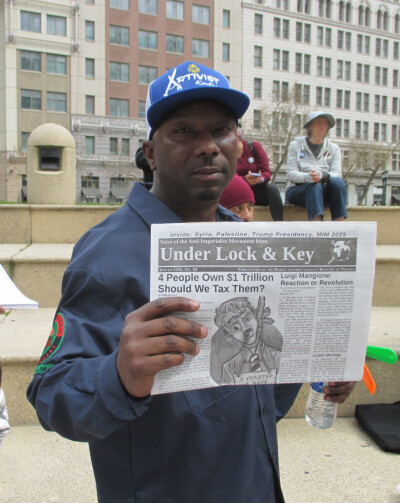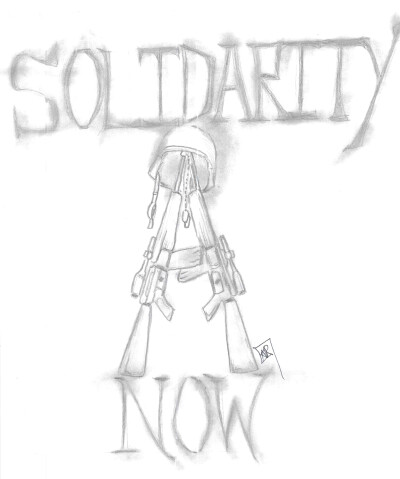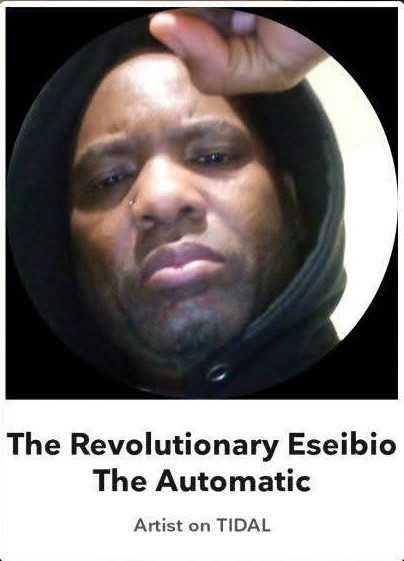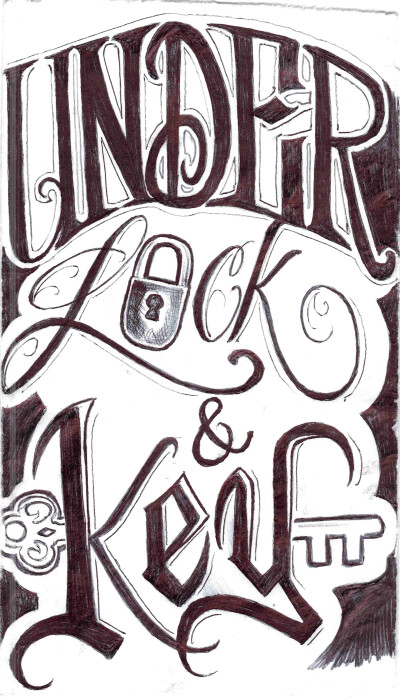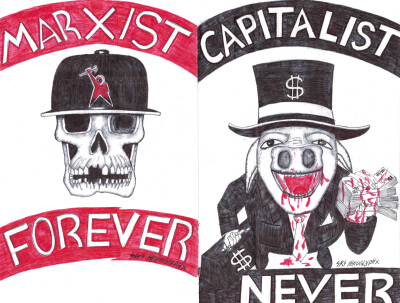
Update on NY Lockdowns and Wildcat Pig Strike
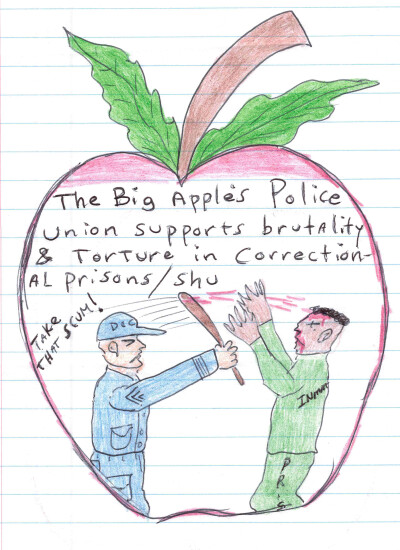
In February and March the New York Department of Corrections and Community Supervision (DOCCS) underwent a multi-week lock down, imposing terrible conditions on prisoners, including a pause to all visitations, deprivation of food and medical care, and riots in two prisons. During the strike at least 7 prisoners died, one of which was beat to death by staff just as Robert Brooks was. Other deaths seem to be the result of medical neglect from the information released so far. As of writing visitation has apparently resumed, but otherwise bourgeois media has not clearly reported to what extent the lockdown has ended yet, nor have our readers in New York. This situation was caused in part by a wildcat pig strike lasting from February 17 to March 11th which began due to alleged concerns about under-staffing and “working” conditions for correctional officers, namely increased violence towards staff.(1)
Regarding the second death by beating, a comrade reports:
“Just got the 411 on the killing of the prisoner at Mid-State C.F. The first state police who conducted the investigation lied in their report that the prisoner died of an overdose of K2. But the body was too badly beaten to death for that to stick. …The first investigator was moved from his post and transferred but not fired. Crazy!”
As we go to press, 10 more guards have been indicted for the murder of Messiah Nantwi in Mid-State C.F., which is across the street from Marcy C.F. As a writer to ULK pointed out in March, the strike came right after the indictment of ten NY pigs over the earlier murder of prisoner Robert Brooks on 9 December 2024.(2) The New York Focus reported a trend of C.O.s refusing to work, in protest against being held accountable for abuse:
“In 2013, New York City corrections officers (C.O.s) responsible for transporting people from Rikers Island stopped working the day an incarcerated person was supposed to testify about a caught-on-video beating he endured at the hands of guards, who were later acquitted. Two years later, DOCCS corrections officers staged a work slowdown after the prison agency tried to fire guards who beat an incarcerated man, breaking both his legs. Those officers pleaded guilty to misdemeanors, avoiding jail time.”(1)
Currently, six of the former correctional officers involved in killing Brooks are being charged with murder, three with manslaughter, and one with evidence tampering. All ten seem to be negotiating with the NY District Attorney towards settlements, their fortunes at trial not helped by body camera video evidence depicting the murder they committed.(3) Additionally, one NY prisoner wrote to us to report that the initial report of Brooks’s death featured the false cause of overdose before an investigation was begun into the true cause, and that the officer who falsified the cause of death was transferred from their post but not fired for this falsification.
Five days before the pig strike, prisoners rose up at Collins Correctional Facility. As noted by The Real Movement Report, the extent of the uprising varies greatly depending on asking the DOC, former employees, or the press.(4) In response, the New York State prison system was placed on lockdown and Correctional Emergency Response struggled for 12 hours to regain control of the facility. There was another disruption at Riverview Correctional Facility on February 20th which also saw prisoners taking control of some areas and Emergency Response crews eventually reasserting control.(5)
In response to the strikes and riots, over 3500 National Guard members were mobilized by NY Governor Kathy Hochul to bring repression back to the staff-abandoned prisons. Then the state filed an injunction forcing C.O.s to return to work, resulting in an agreement with the C.O. union and termination and ban from future employment of 2000 employees who refused to return by March 4th. The deal reduced 24 hour mandatory overtime for pigs and modified the HALT Act.(6) This 2021 law set a maximum of 15 days solitary confinement for prisoners, established reporting guidelines, and prohibited solitary prior to a disciplinary hearing and access to legal counsel.(7) The state agreed with the union early in March to create a commission examining the HALT Act, and to suspend the portions of the act which require out-of-cell programming for prisoners, for 90 days.(8)
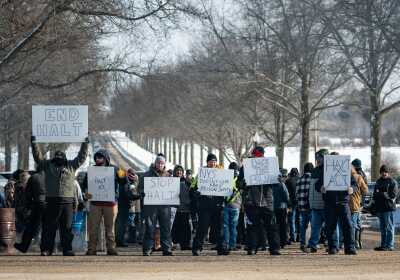
The wildcat strike was not sanctioned by the C.O. union and was illegal based upon a law preventing the striking of certain NY public employees. On March 27th many of the 2000 C.O.s who had been fired and barred from future employment rallied at the state capitol. Despite the pause of aspects of the bill, demonstrators called for further “improvements” to the HALT Act. Although the source in question does not name or count speakers behind each different position from the rally, some called for changes to “make our prisons safer” and others suggested the state follow the Mandela Rules, a series of UN-sanctioned standards for prisoner treatment including a list of “human rights” which are routinely denied to U.$. prisoners including recreation, medical care and healthy food. The Mandela Rules limit solitary to 15 days.(9)
The prisoner (support) movement should organize against the repeal of the HALT Act. Solitary confinement is torture, it harms people, it prevents rehabilitation and prevents prisoners from coming together in a productive way.
The New York State prison system is now attempting to release some prisoners early because of the staffing shortage resulting from C.O. layoffs. Releases may be available to those whose sentences end in 15-110 days and don’t have violent or “serious” felonies, but the scale is unclear.(10) Additional reforms proposed by the Hochul government include expanding programs for prisoners to reduce their sentences, also vague, and lowering the minimum age of C.O.s from 21 to 18 in order to attract more pigs to the workforce.(11) Democrats wish to slightly reduce the prison population and hire new C.O.s whereas Republicans wish to simply reinstate all the dismissed pigs.
This story saw two different NY prison riots develop in which prisoners took control of portions of their prisons for small periods of time. Beyond selfishness, the weakness of these C.O.s was put in full display, needing to depend on emergency responders and the national guard to quell prisoner uprisings. And before all that, a comrade explains:
“Gang members have placed a statewide hit on me all because I gotten myself in an argument with a prison guard at Green Haven C.F. …The gang members are helping the prison administration run the prisons, which you know has a pig shortage. …The head of security is a motherfucker and have you killed quick.”
C.O.s are powerful enough to murder a lone prisoner in an 18-versus-one fight but helpless against the unified actions of even a handful of inmates who are upset with the status quo, as they even rely on other prisoners to do their dirty work.
These events are related to a trend of increasing retaliation against C.O. abuse in NY prisons, 2024 assaults against staff having doubled those of the previous year in certain months.(12) One important question is the underlying reason for the recent increase in retaliation, between poorer conditions, increased repression, heightened class consciousness among the (imprisoned) lumpen, or a combination. A more speculative question is if these instances of prison takeovers represent growth towards prison occupations akin to Attica, complete with advanced leadership and political demands.
Whatever is changing in the relationship between the C.O.s and the state, it is evidently driven by factors within the prison population, in this case greater retaliation against oppression. Can the bourgeoisie resolve the under-staffing crisis without improving conditions in prisons or releasing prisoners? The imperialists need prisons for population control, and simultaneously want high wages, low taxes and high spending on guards to “keep the community safe?” This balance of contradictions parallels ongoing policy debates among the imperialists regarding “border control” and deportation of migrants.
Certainly, the labor aristocrats is favoring more national oppression as a solution to perceived scarcity, rather than the formation of internationalist consciousness. The C.O.s did not rally en masse to convict their murderous co-“workers” but to support them, demanding an increase of repression against prisoners, as well as for reduced mandatory overtime: the timeless labor aristocracy dream of receiving more money for less work relative to the global proletariat. Where is the demonstration for the C.O.s’ victims?
Prisoners and supporters should be organizing against solitary, and asserting more alliances and sovereignty in their prisons in the face of C.O.s who are more concerned with repression than providing food, healthcare or other prisoner needs. Spread ULK to friends, request our September 9th study pack on the history of the Attica rebellion, and please submit any reports regarding conditions in New York or other prisons experiencing neglectful or abusive C.O.s and fighting back.
Notes:
1.
https://nysfocus.com/2025/02/19/why-new-york-prison-guards-strike
2.
https://apnews.com/article/new-york-prison-strike-guards-fired-f5700f3437b9021f1435fa90fb8e7f08
3.
https://www.msn.com/en-us/news/crime/prosecutor-makes-offers-to-10-new-york-prison-guards-charged-in-inmates-death/ar-AA1C0BDP
4.
https://therealmovementreport.substack.com/p/new-york-jailer-strikes-enter-7th
5.
https://www.wwnytv.com/2025/02/20/inmates-take-over-what-happened-riverview/
6.
https://www.northcountrynow.com/stories/after-terminating-2000-corrections-officers-state-plans-to-release-inmates-early-due-to-staffing,292130
7.
https://www.nysenate.gov/newsroom/press-releases/2021/senate-passes-halt-solitary-confinement-act
8.
https://www.msn.com/en-us/news/other/former-ny-correction-officers-rally-for-prison-safety-reforms-amid-mass-firing-controversy/ar-AA1BNMIc
9.
https://gothamist.com/news/new-york-prison-strike-ends-as-75-of-officers-return-to-work-officials-say
10.
https://www.msn.com/en-ph/news/crime/new-york-to-release-some-prison-inmates-early-over-shortage-of-guard-staff/ar-AA1C6dCv
11.
https://www.wrvo.org/2025-04-02/ny-gov-kathy-hochul-proposes-new-prison-reforms-in-the-face-of-staffing-crisis
12.
https://www.timesunion.com/projects/2025/prison-turmoil/





 Alabama
Alabama
 Alaska
Alaska
 Arizona
Arizona
 Arkansas
Arkansas
 Army Post
Army Post
 California
California
 Colorado
Colorado
 Connecticut
Connecticut
 Delaware
Delaware
 District of Columbia
District of Columbia
 Federal
Federal
 Florida
Florida
 Georgia
Georgia
 Guam
Guam
 Hawaii
Hawaii
 Idaho
Idaho
 Illinois
Illinois
 Indiana
Indiana
 Iowa
Iowa
 Kansas
Kansas
 Kentucky
Kentucky
 Louisiana
Louisiana
 Maine
Maine
 Maryland
Maryland
 Massachusetts
Massachusetts
 Michigan
Michigan
 Minnesota
Minnesota
 Mississippi
Mississippi
 Missouri
Missouri
 Montana
Montana
 Nebraska
Nebraska
 Nevada
Nevada
 New Hampshire
New Hampshire
 New Jersey
New Jersey
 New Mexico
New Mexico
 New York
New York
 North Carolina
North Carolina
 North Dakota
North Dakota
 Ohio
Ohio
 Oklahoma
Oklahoma
 Oregon
Oregon
 Pennsylvania
Pennsylvania
 Puerto Rico
Puerto Rico
 Rhode Island
Rhode Island
 South Carolina
South Carolina
 South Dakota
South Dakota
 Tennessee
Tennessee
 Texas
Texas
 Utah
Utah
 Vermont
Vermont
 Virginia
Virginia
 Washington
Washington
 West Virginia
West Virginia
 Wisconsin
Wisconsin
 Wyoming
Wyoming

